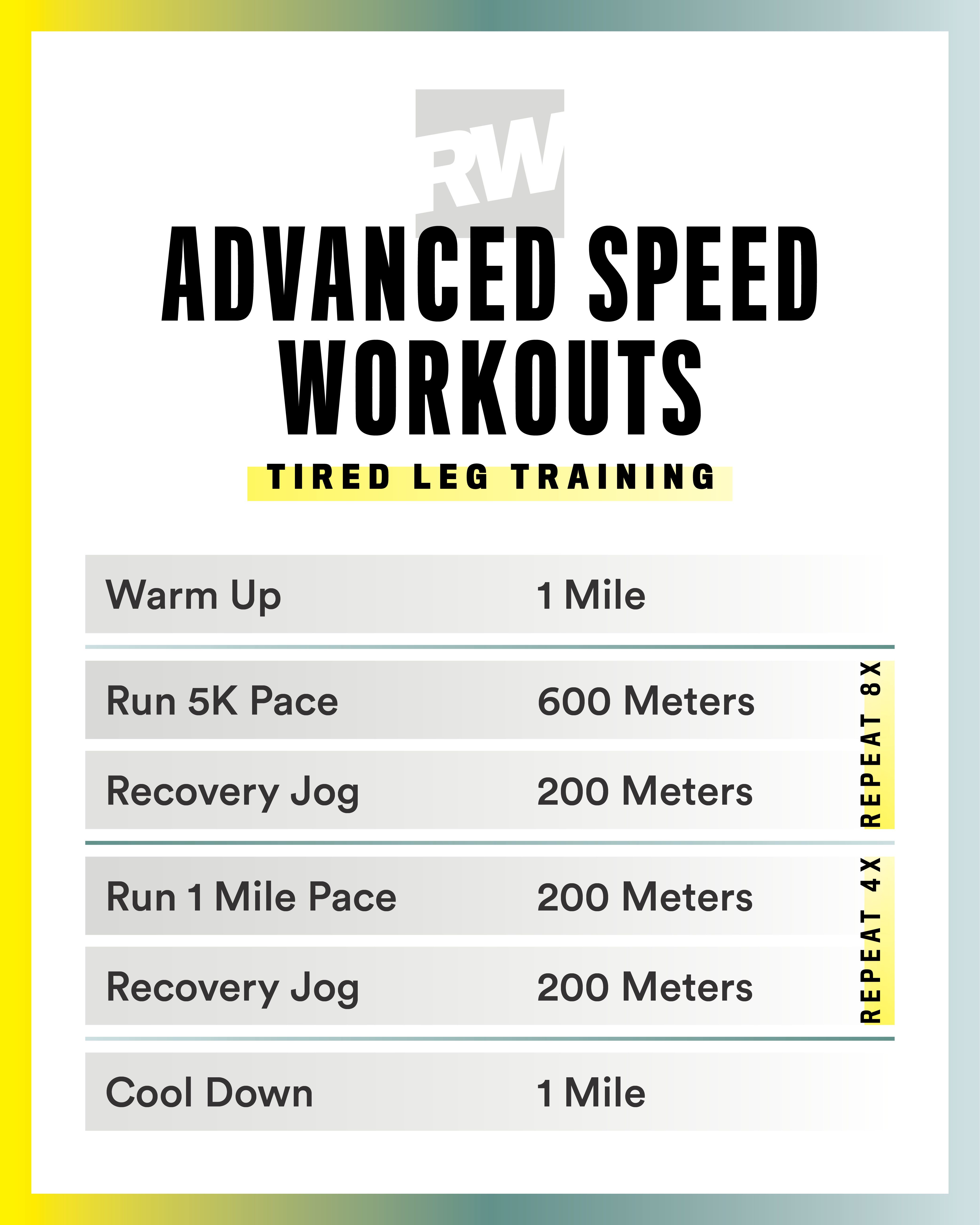Control Your Runs: Proven Strategies for Reliable Running Workout
Wiki Article
Managing Common Running Pains: Causes, Solutions, and Prevention
As joggers, we usually encounter various pains that can hinder our performance and enjoyment of this physical activity. By exploring the root reasons for these operating discomforts, we can reveal targeted solutions and preventive steps to guarantee a smoother and much more satisfying running experience.Typical Running Pain: Shin Splints
Shin splints, a typical running pain, typically result from overuse or incorrect shoes during exercise. This condition, clinically known as medial tibial stress syndrome, shows up as pain along the internal side of the shinbone (shin) and prevails among athletes and runners. The repetitive stress and anxiety on the shinbone and the cells affixing the muscular tissues to the bone causes swelling and discomfort. Joggers that swiftly increase the intensity or period of their workouts, or those that have level feet or incorrect running strategies, are particularly at risk to shin splints.To stop shin splints, people should slowly boost the strength of their workouts, use ideal shoes with proper arch support, and preserve adaptability and strength in the muscles surrounding the shin. If shin splints do happen, first therapy involves rest, ice, compression, and elevation (RICE) Furthermore, integrating low-impact tasks like swimming or biking can aid maintain cardiovascular fitness while enabling the shins to recover. Consistent or extreme instances might call for clinical evaluation and physical therapy for effective management.
Usual Running Discomfort: IT Band Syndrome
In addition to shin splints, another widespread running discomfort that professional athletes commonly come across is IT Band Syndrome, a condition triggered by swelling of the iliotibial band that runs along the outer upper leg and knee. IT Band Disorder normally materializes as pain outside of the knee, specifically during activities like running or biking. The iliotibial band is a thick band of fascia that links the hip to the shin, and when it comes to be swollen or tight, it can rub against the upper leg bone, bring about pain and discomfort.Joggers experiencing IT Band Syndrome might discover a painful or aching experience on the outer knee, which can aggravate with ongoing activity. Elements such as overuse, muscle discrepancies, incorrect running kind, or poor workout can contribute to the development of this condition.
Usual Running Pain: Plantar Fasciitis

Plantar Fasciitis can be attributed to various variables such as overtraining, incorrect footwear, operating on tough surfaces, or having high arches or level feet. To stop and relieve Plantar Fasciitis, joggers can integrate stretching exercises for the calves and plantar fascia, put on helpful footwear, preserve a healthy weight to decrease stress on the feet, and progressively boost running intensity to prevent unexpected anxiety on the plantar fascia. If symptoms persist, it is recommended to seek advice from a medical care specialist for correct diagnosis and treatment options to address the problem effectively.
Typical Running Pain: Runner's Knee
After dealing with the challenges of Plantar Fasciitis, one more widespread issue that runners frequently deal with is Runner's Knee, an usual running discomfort that can impede athletic efficiency and cause pain during physical task. Runner's Knee, additionally known as patellofemoral pain disorder, materializes as pain around or behind the kneecap. Runners experiencing this pain may really feel a boring, aching discomfort while running, going up or down staircases, or after long term durations of resting.Common Running Pain: Achilles Tendonitis
Commonly affecting joggers, Achilles Tendonitis is a painful condition that affects the Achilles tendon, triggering pain and potential limitations in physical activity. The Achilles tendon is a thick band of cells that links the calf bone muscle mass to the heel bone, critical for tasks like running, leaping, and strolling - go to this site. Achilles Tendonitis commonly creates due to overuse, improper footwear, insufficient stretching, or unexpected boosts in exerciseSymptoms of Achilles Tendonitis consist of discomfort and stiffness along the ligament, particularly in the early morning or after durations of inactivity, swelling that aggravates with task, and potentially bone spurs in persistent cases. To prevent Achilles Tendonitis, it is essential to extend appropriately previously and after running, use proper footwear with proper support, gradually raise the strength Visit Website of workout, and cross-train to decrease repetitive anxiety on the tendon.
Verdict

Report this wiki page